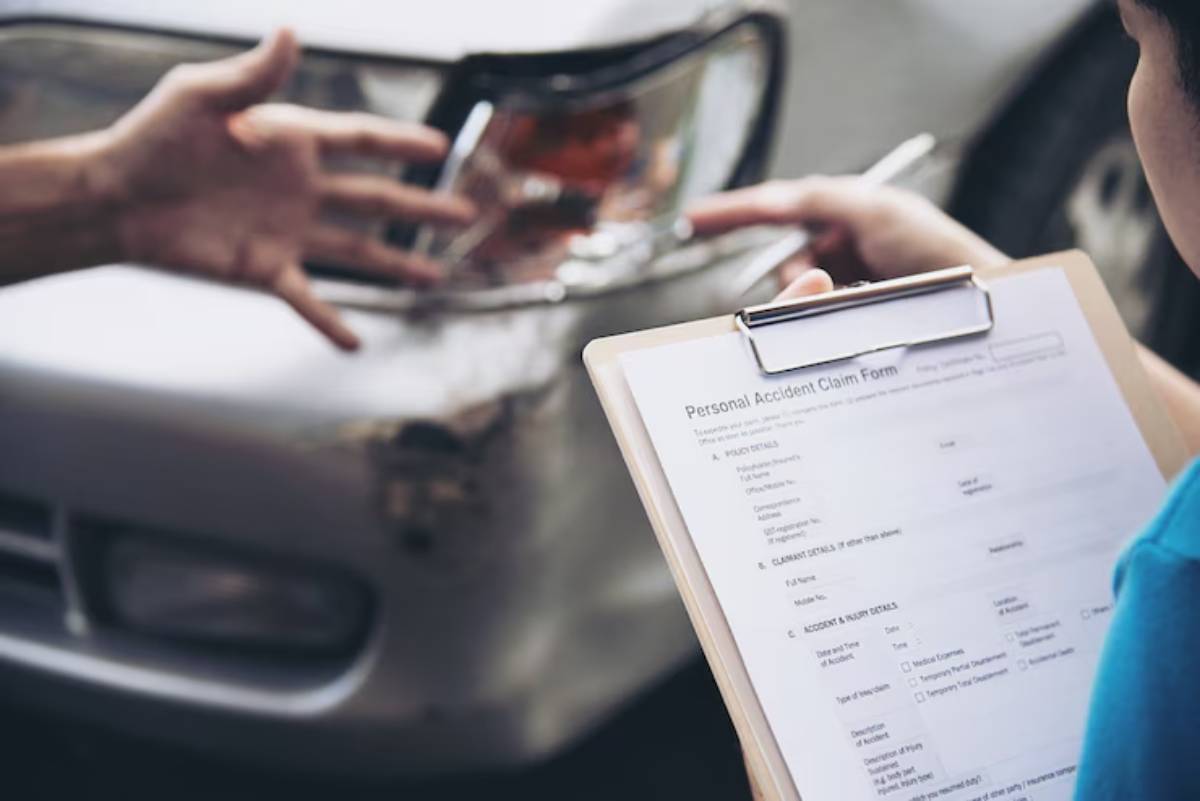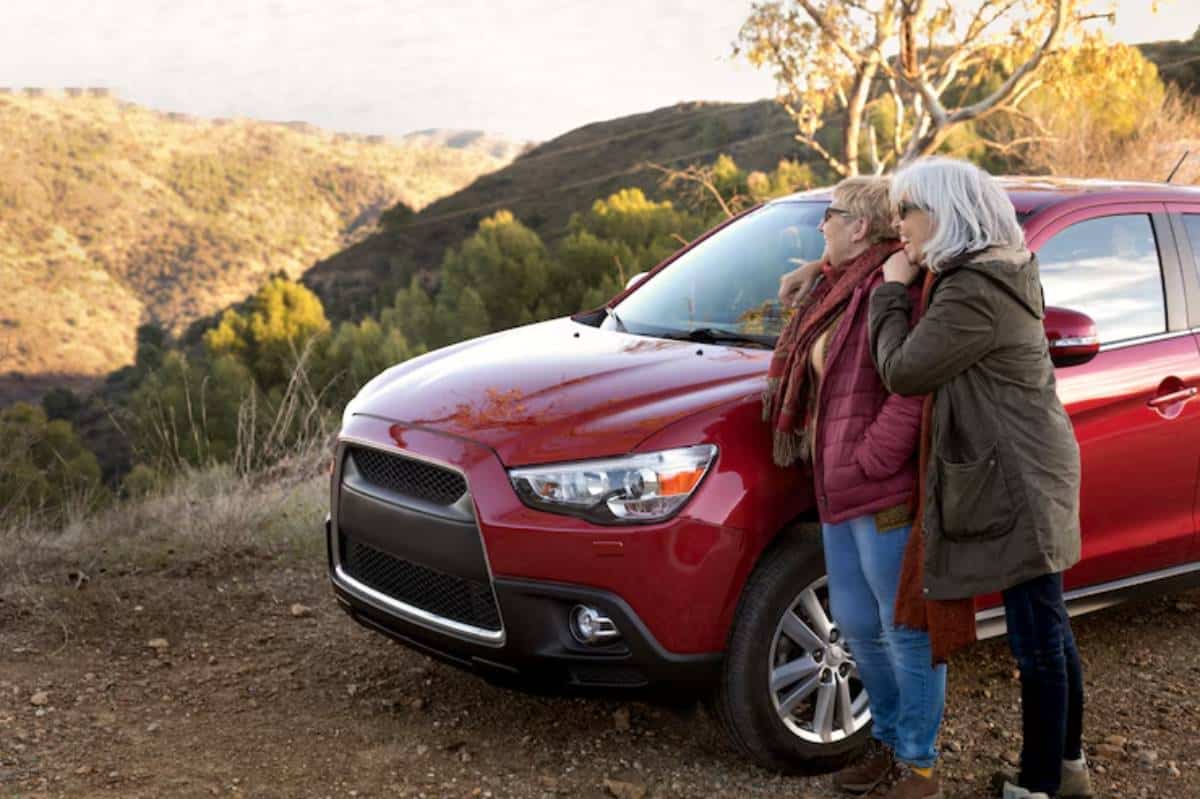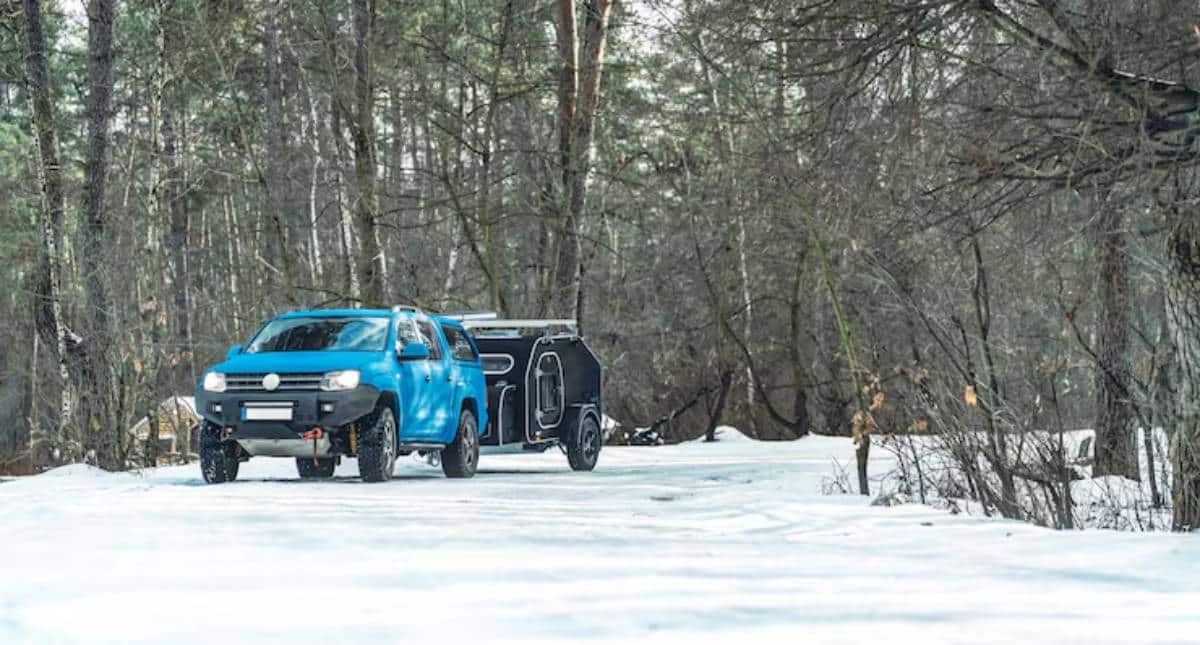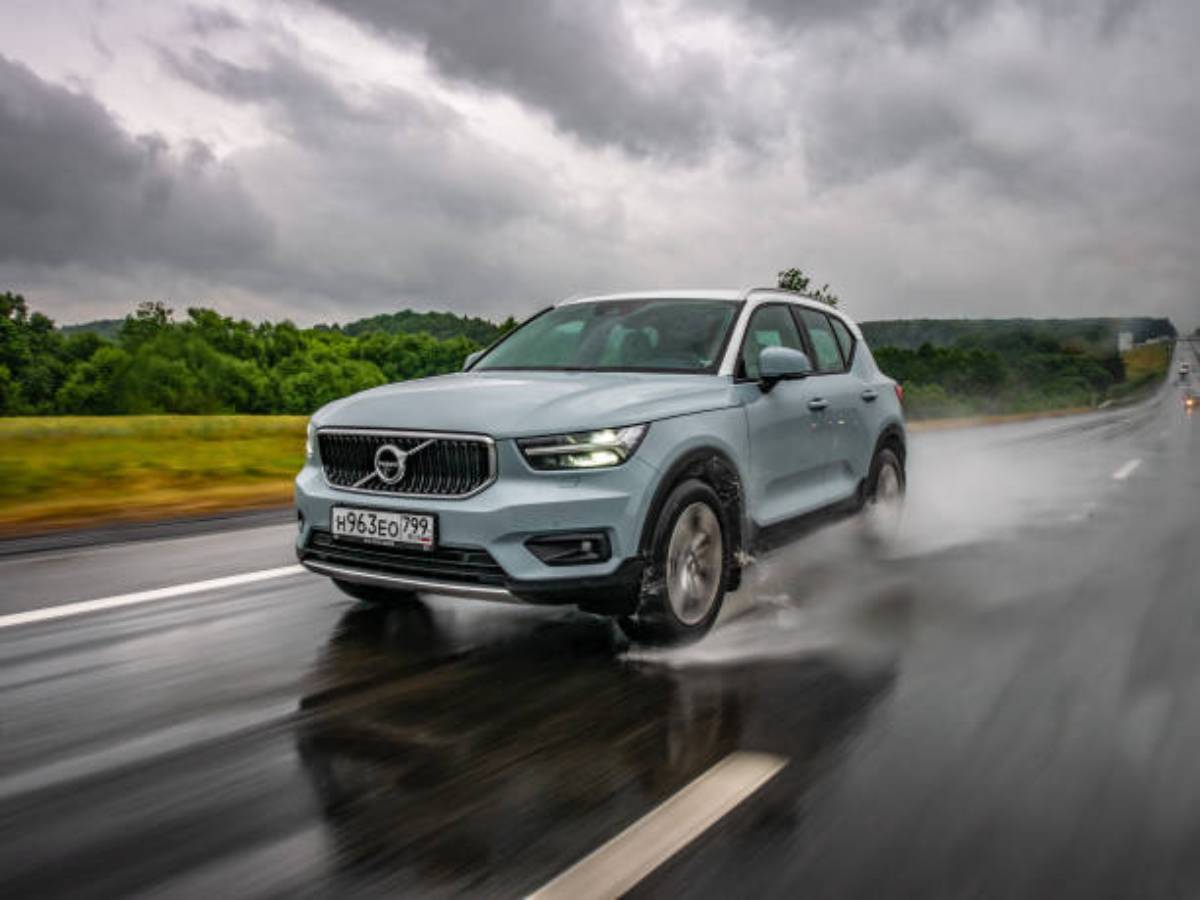
How SUVs Handle in Rainy and Wet Conditions
A quick downpour. A week of drizzle. A flooded road on the school run. For most families, driving in wet weather isn’t optional — it’s a regular part of life. So when safety matters most, it’s worth understanding how your SUV holds up when the skies open. That’s where SUV rain performance comes into focus.
Driving in the rain or on slick roads requires skill. Understanding your vehicle’s response is key. Smart driving can really help you stay safe. In this guide, we cover key points about wet driving safety. We also share family SUV weather tips. Lastly, we explain why some SUVs are better for rainy conditions.
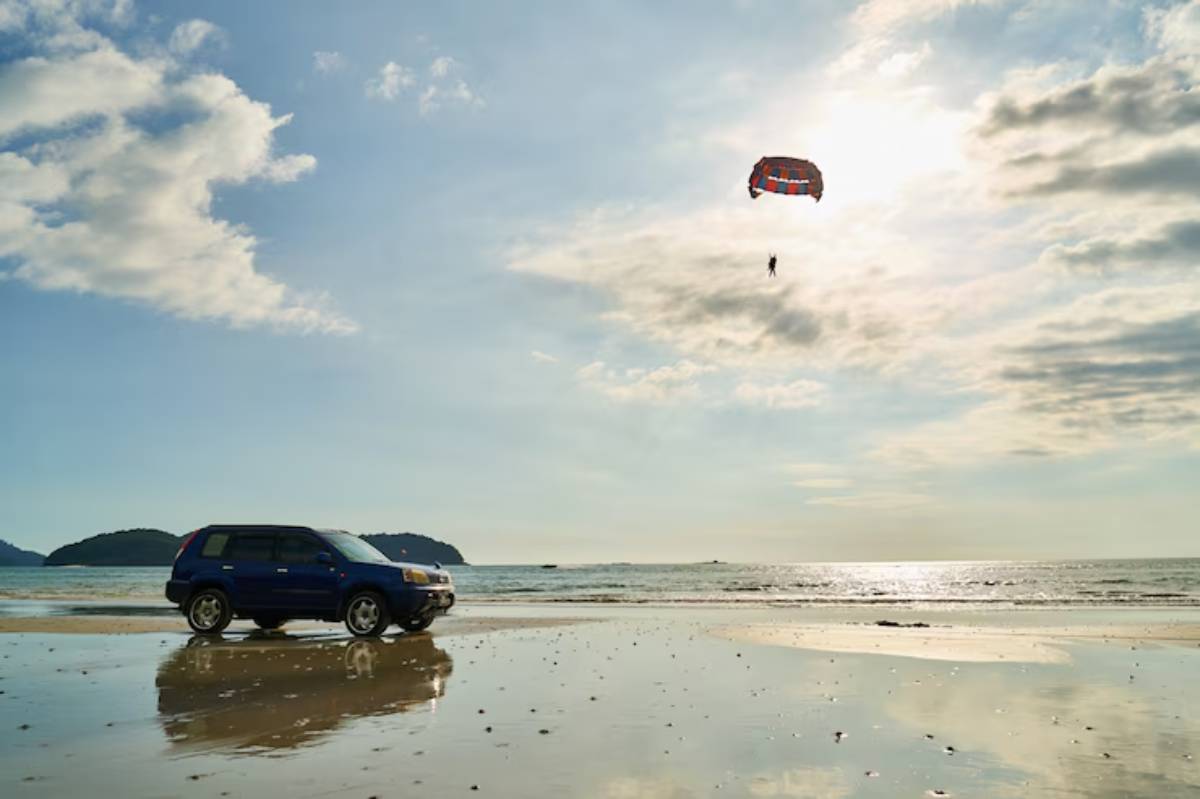
Why Rainy Conditions Are More Dangerous Than You Think
It might not look as dramatic as a snowstorm, but rain is a major hazard on the road. In fact, studies show that wet pavement contributes to over 70% of weather-related crashes.
Common Wet Weather Hazards:
- Reduced tyre grip
- Longer braking distances
- Hydroplaning (when tyres lose contact with the road surface)
- Poor visibility from spray, foggy windows, or heavy rainfall
Rain increases risk — especially for distracted, tired, or hurried drivers navigating with children in the back.
How SUVs Perform in Wet Conditions
Not all SUVs are created equal. While their size and height may suggest better control, that’s not always the case — especially on slick surfaces. Here’s how SUV design influences rain performance:
The Positives:
- Higher ground clearance: Helps avoid puddle splashes and minor flooding
- All-Wheel Drive (AWD): Improves traction by distributing power to all wheels
- Weight and size: Offer stability at low to moderate speeds
- Advanced safety tech: Features like ABS, traction control, and electronic stability systems reduce skidding
The Drawbacks:
- Longer stopping distances due to weight
- False sense of security from AWD — it helps with traction, but not with braking
- Taller build can make SUVs more prone to wind drift during storms
Your SUV may have the tools — but it’s how you use them that really matters.
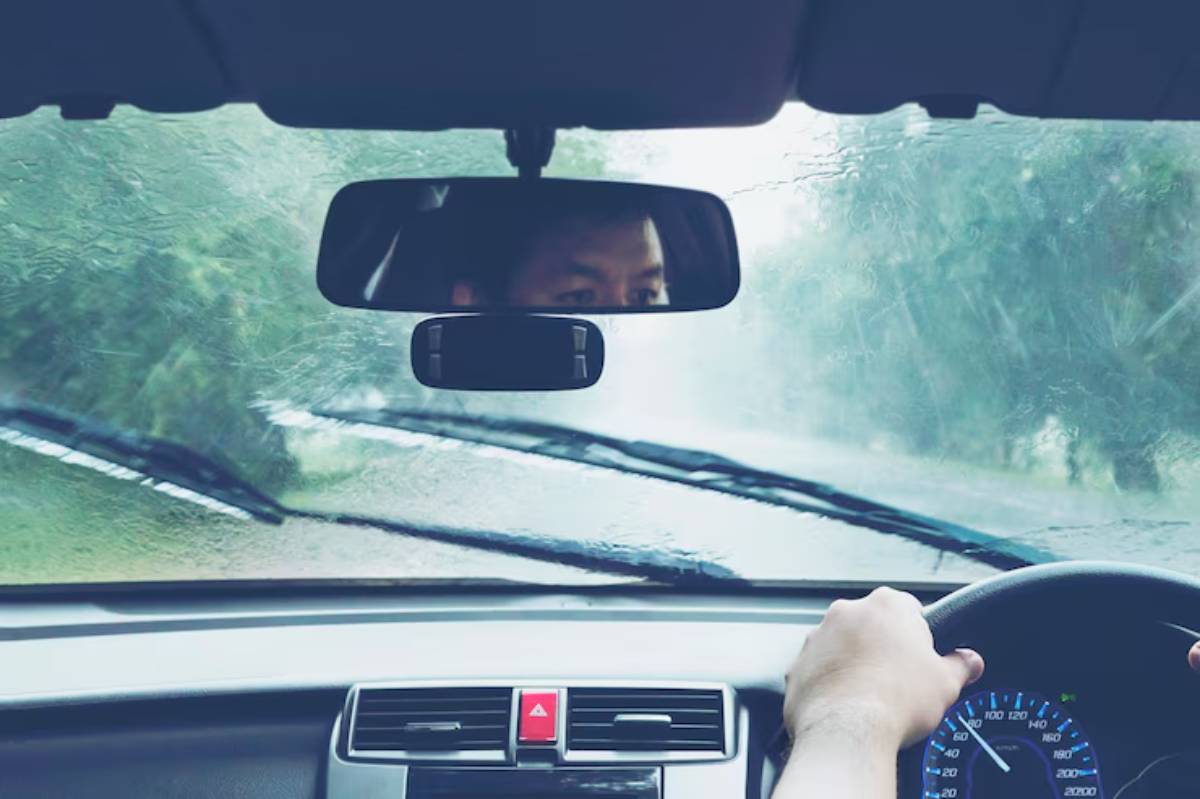
Best SUV Features for Rainy Weather Safety
Here’s what to look for if you live in a climate with frequent rain or wet road conditions:
1. All-Wheel Drive (AWD) or Four-Wheel Drive (4WD)
AWD gives better traction when accelerating on wet roads, especially during sudden starts or uphill climbs.
2. Tyre Quality
Tyres matter more than AWD. Look for:
- Deep tread
- Tyres rated for wet grip (EU label ratings or brand-specific markings)
- Proper inflation — underinflated tyres reduce performance
3. Rain-Sensing Wipers
Automatically adjust to rainfall intensity so you can focus on the road.
4. Anti-lock Braking System (ABS) & Electronic Stability Control (ESC)
These systems help prevent skidding and loss of control in emergency situations.
5. LED Headlights and Fog Lights
Better visibility makes a big difference when roads are slick and skies are dark.
6. Heated Side Mirrors and Rear Defrosters
Prevent fogging and improve visibility when the weather turns damp and cold.
Family SUV Weather Tips: Driving Safely in the Rain
Rainy day driving isn’t just about what your car can do — it’s also about what you do behind the wheel. Here are practical tips for every SUV-driving family:
1. Slow Down and Increase Following Distance
In wet conditions, your SUV’s braking distance can double. Give yourself at least a 4-second gap from the car ahead.
2. Avoid Sudden Movements
Sharp steering, hard braking, and fast acceleration are more likely to cause skids or hydroplaning.
3. Use Cruise Control Cautiously
Avoid using cruise control in heavy rain — it can delay your reaction time if you start to hydroplane.
4. Turn On Headlights
Even during the day, headlights improve your visibility to others on the road. Most regions require this by law in poor weather.
5. Secure Passengers and Cargo
Sudden stops or swerves in slick conditions can cause loose items to shift dangerously. Use boot organisers and seatback pockets to keep things tidy.
6. Keep Windows Fog-Free
Use air conditioning or rear defrost to maintain clear windows. A damp microfibre cloth also works wonders in a pinch.
Top-Rated Family SUVs for Wet Weather Performance
If you’re considering an upgrade and want confidence in the rain, here are some of the best choices for 2025:
1. Subaru Outback & Forester
- Standard AWD
- X-Mode for slippery terrain
- High ground clearance
2. Toyota RAV4 AWD
- Great wet braking performance
- Smart AWD system with multi-terrain modes
3. Honda CR-V AWD
- Balanced ride with Real Time AWD
- Great visibility and responsive wipers
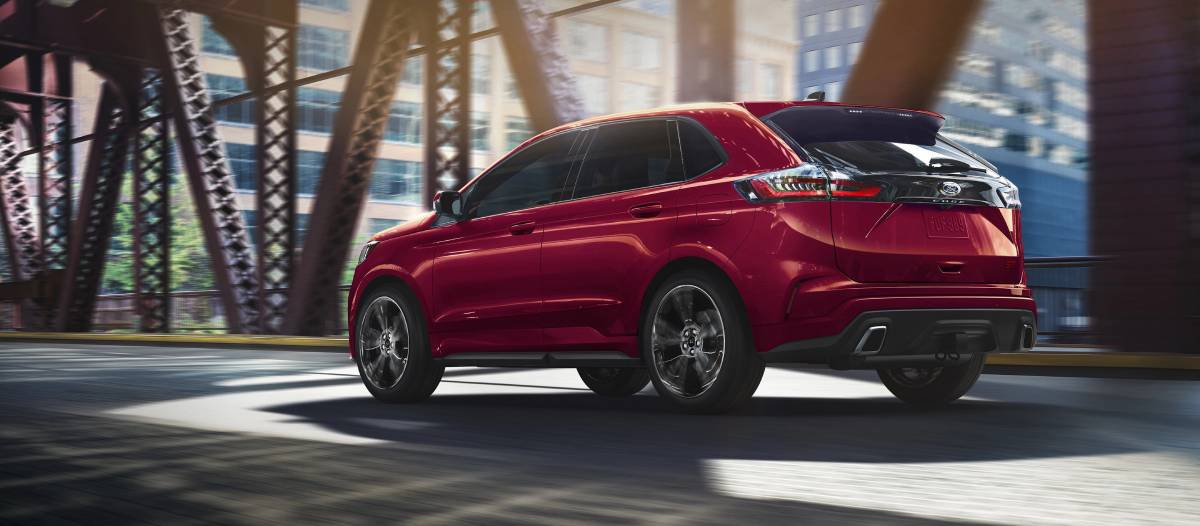
4. Ford Edge AWD
- Intelligent AWD and rain-sensing wipers
- Driver-assist tech standard on most trims
5. Volvo XC60 AWD
- Exceptional safety features
- Heated mirrors, seats, and steering wheel for winter storms
Rainy Day Emergency Kit Must-Haves
Every family SUV should carry a weather-ready kit. Add these to your glovebox or boot:
- Microfibre cloths for demisting
- Emergency ponchos or umbrella
- LED torch or headlamp
- Tyre pressure gauge
- Reflective warning triangle
- Power bank for phones
- Small towel for wet gear or shoes
- Extra socks for kids (you’ll thank us later)
Drive Confidently, Rain or Shine
Your SUV is big and has good traction, which helps a lot. But to drive safely in wet weather, you need to plan ahead, keep up with maintenance, and stay calm and careful. With the right gear and know-how, you can handle rainy days easily. Whether it’s a wet school run or a family trip, you’ll feel confident.
Ready to weatherproof your SUV?
Check your tyres. Stock up your emergency kit. Then, take time to practise wet-weather braking and steering in a safe area. Already have a rain-tested SUV? Share your tips and experiences in the comments. Your story might help another family stay safe on the road.
